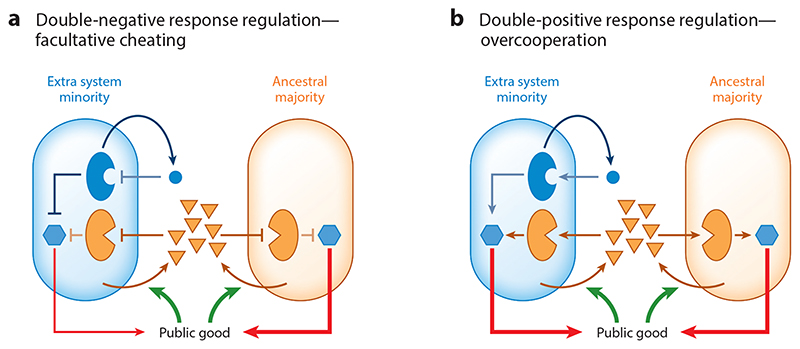Figure 5. Accumulation of multiple parallel quorum-sensing (QS) systems.
Two architectures of QS regulation of public goods yield different selection on accumulation of parallel systems. (a) In a double-negative architecture, the signal prevents the receptor from inhibiting public goods production. Here, a strain with an additional system would not produce public goods as a minority due to repression by the novel, signal-free receptor. It will therefore cheat its ancestor. Hexagons represent response regulators that control production of public goods and are affected by the receptors. (b) In a double-positive architecture, the signal induces the receptor to activate public goods production. Here, a strain with an additional system will be counterselected as a minority by overcooperation—as a minority, this strain would produce equal or higher amounts of public goods compared to the ancestral majority.

